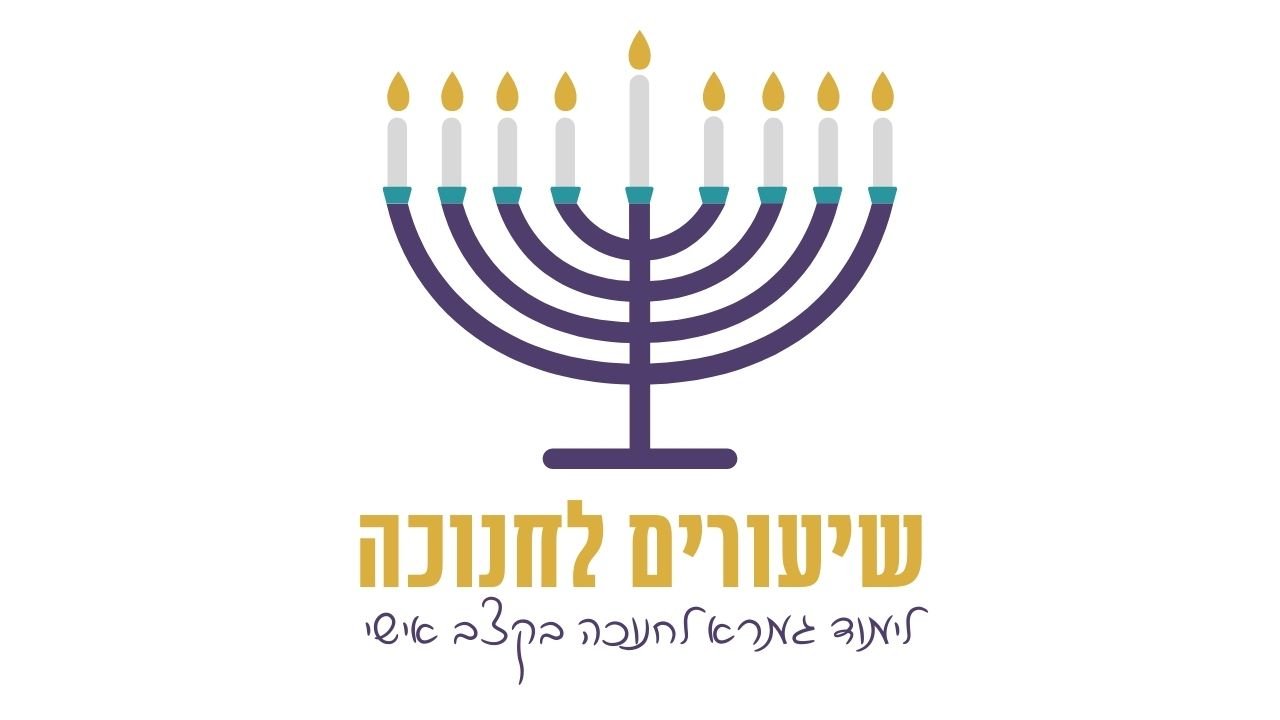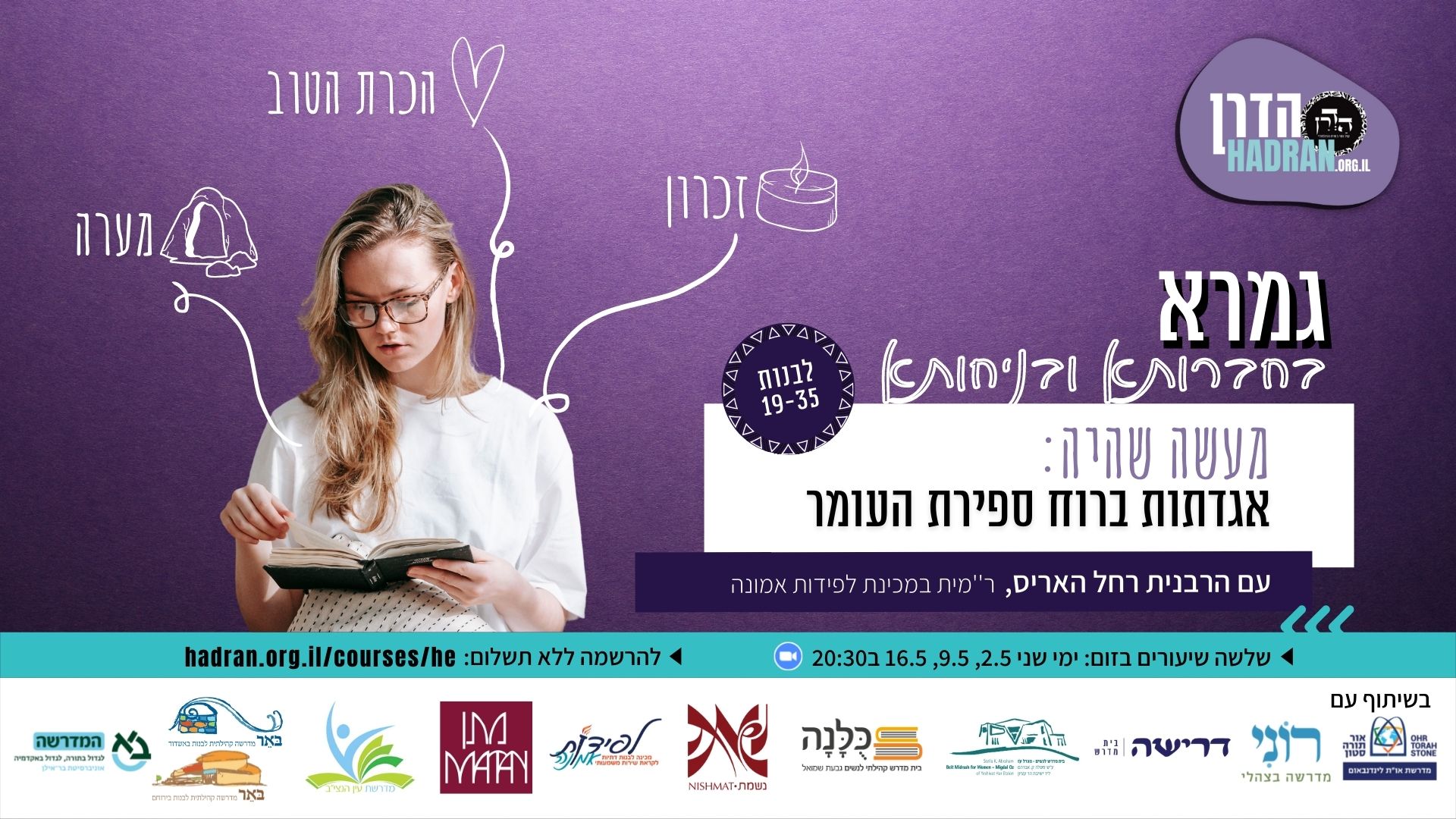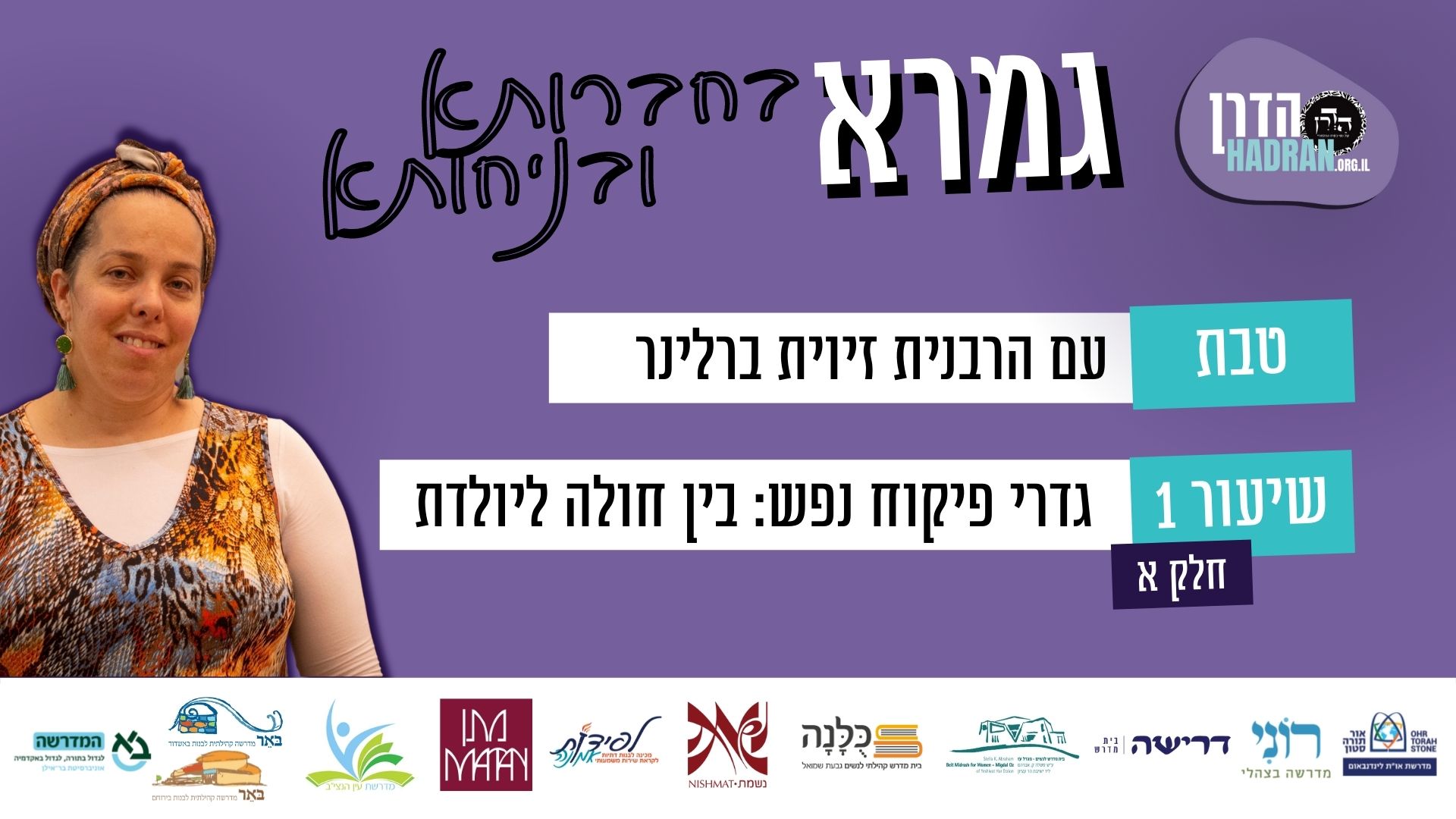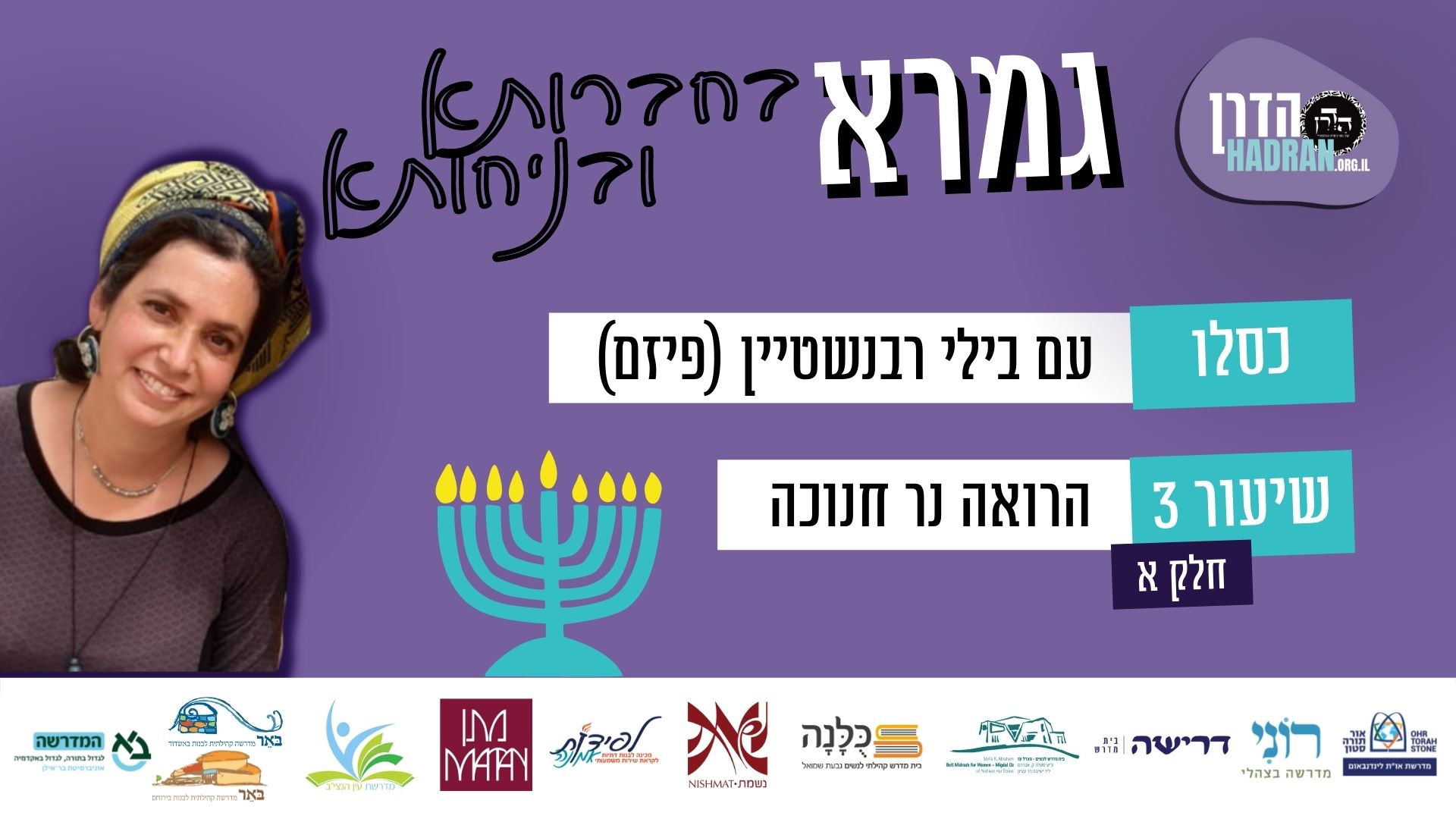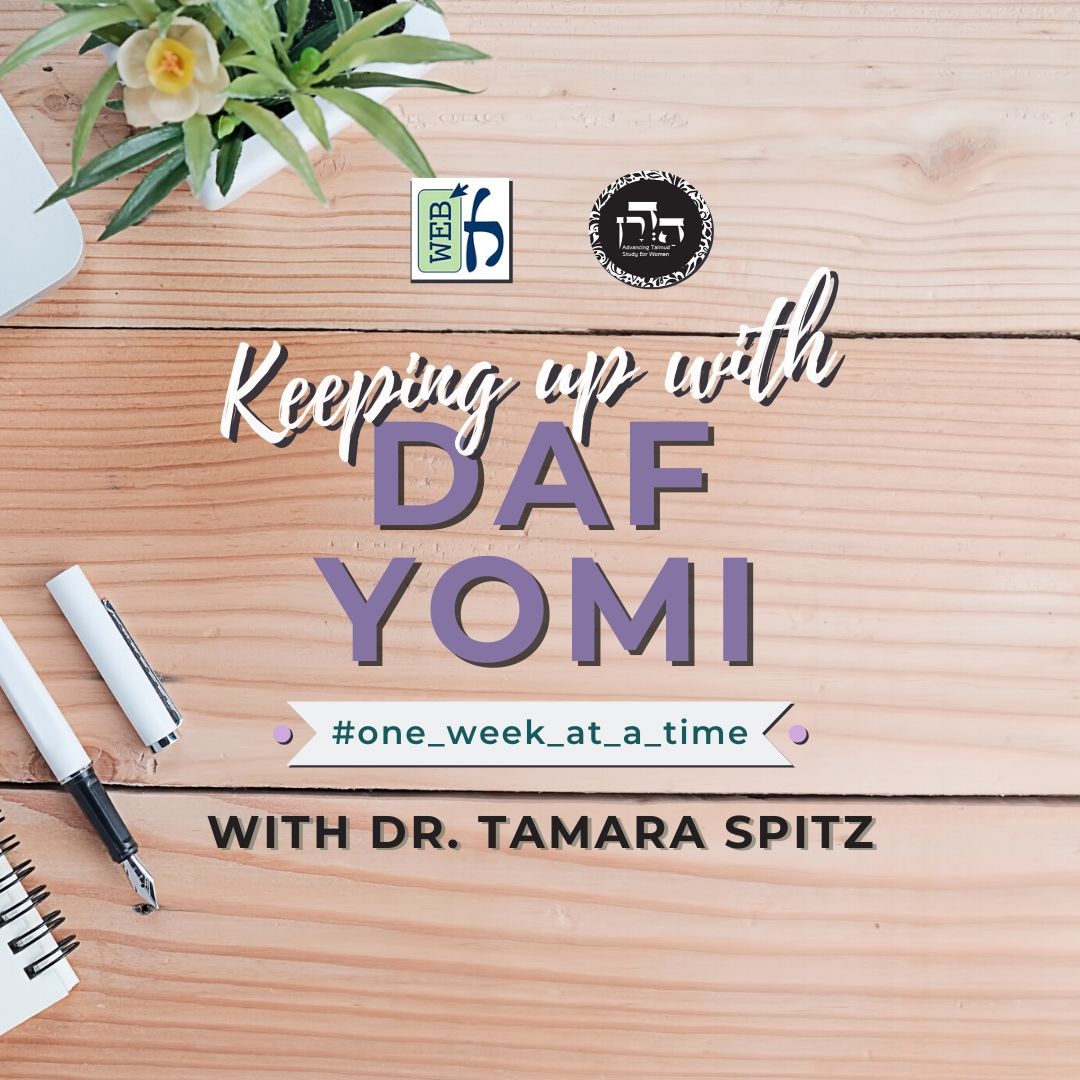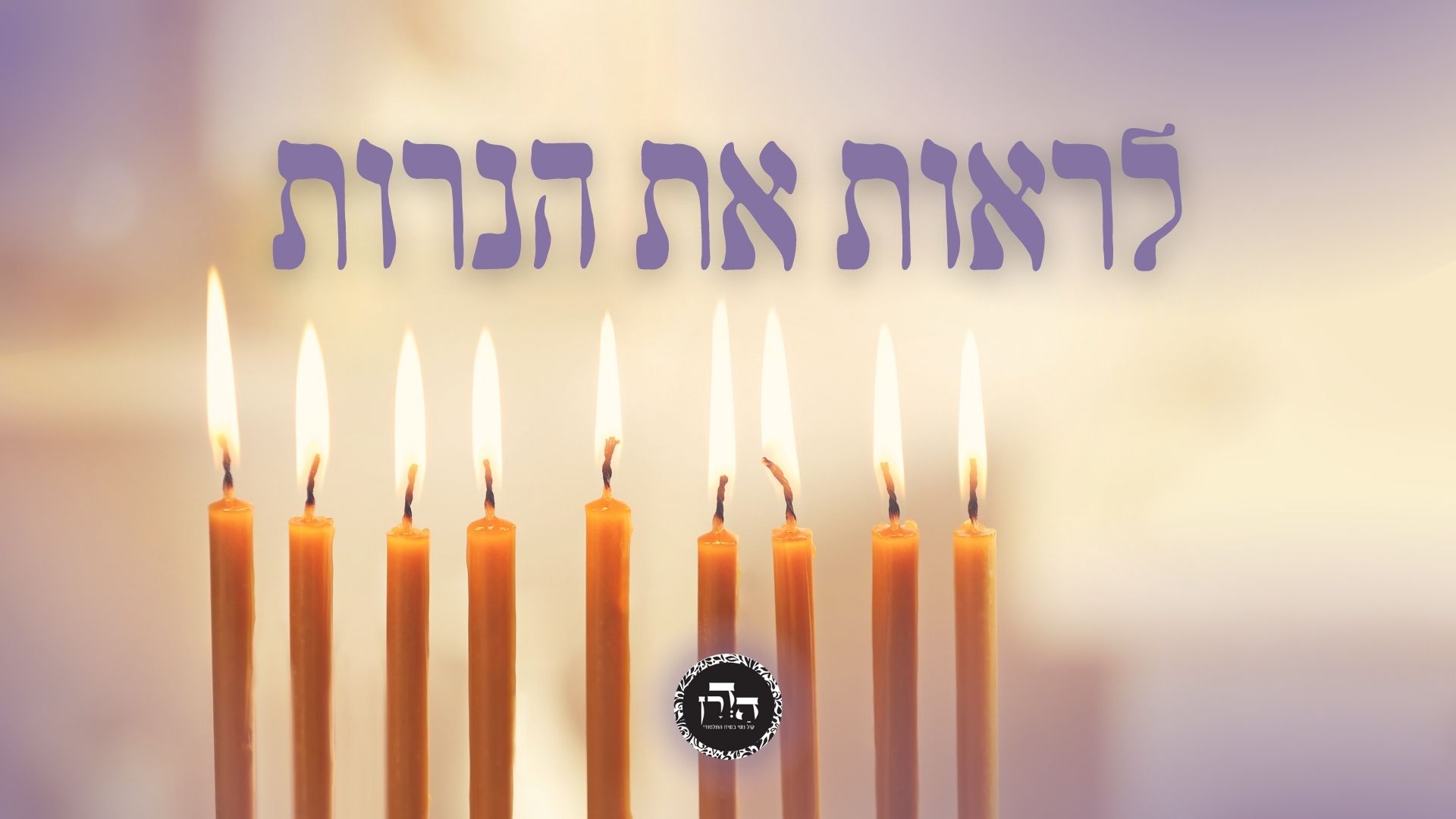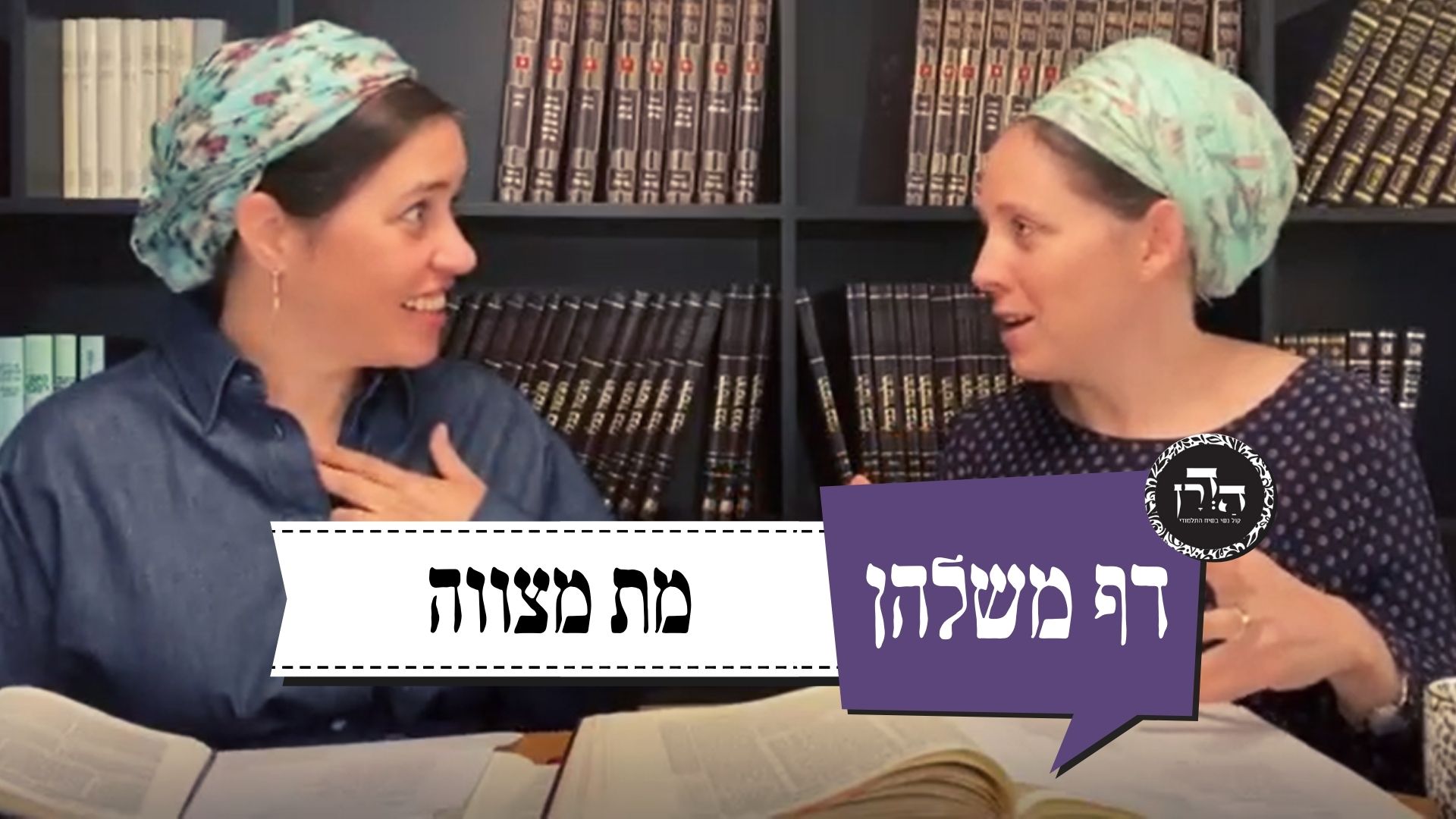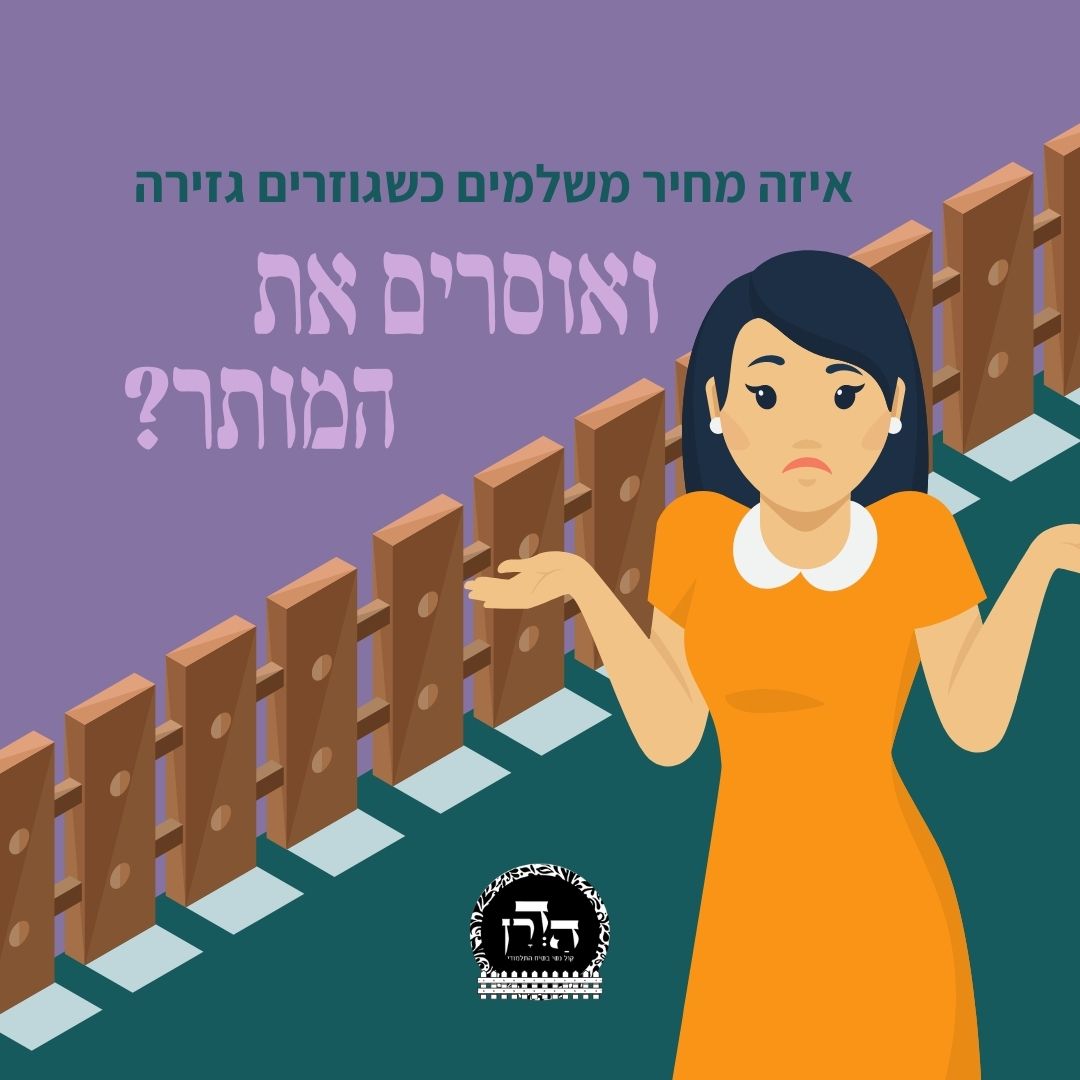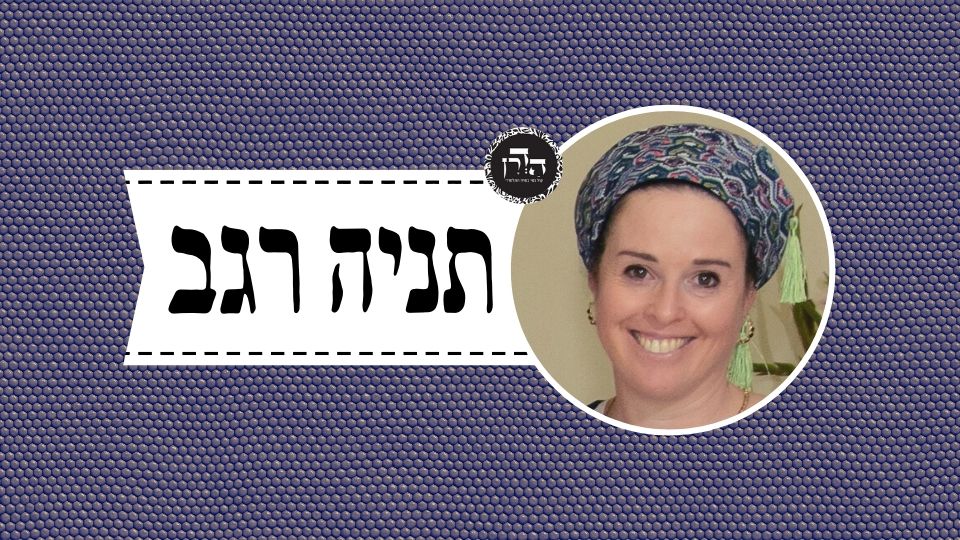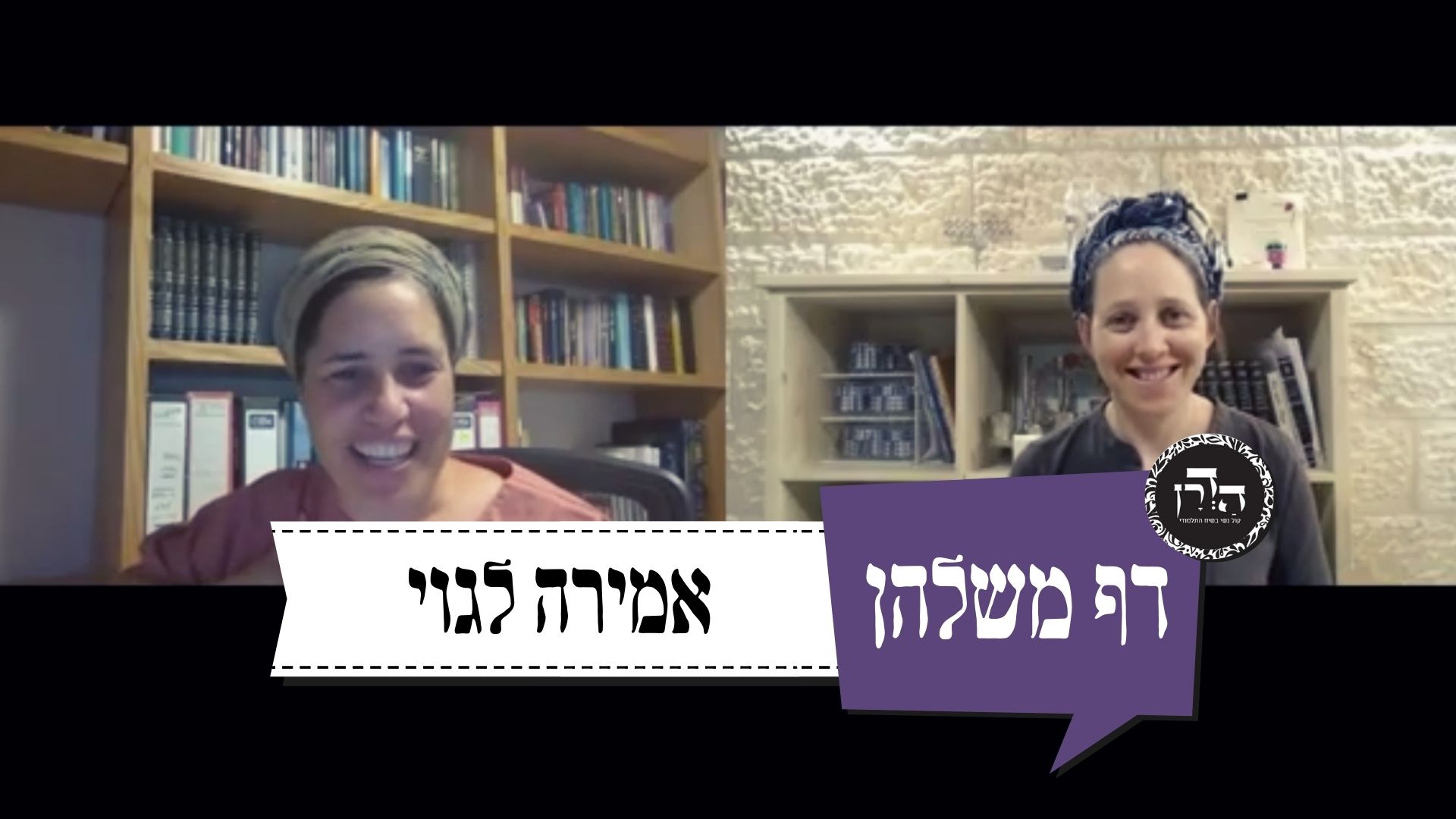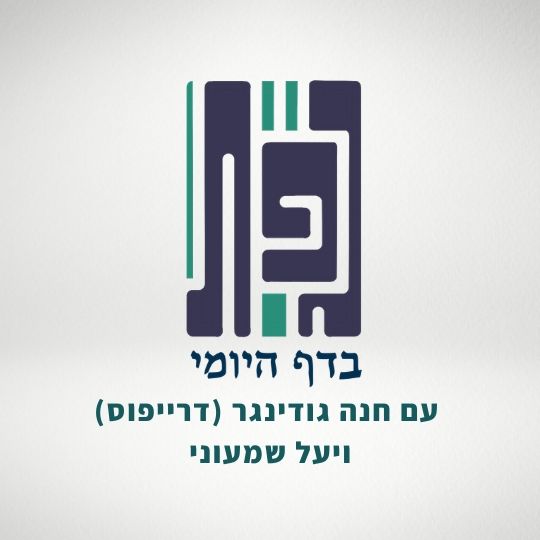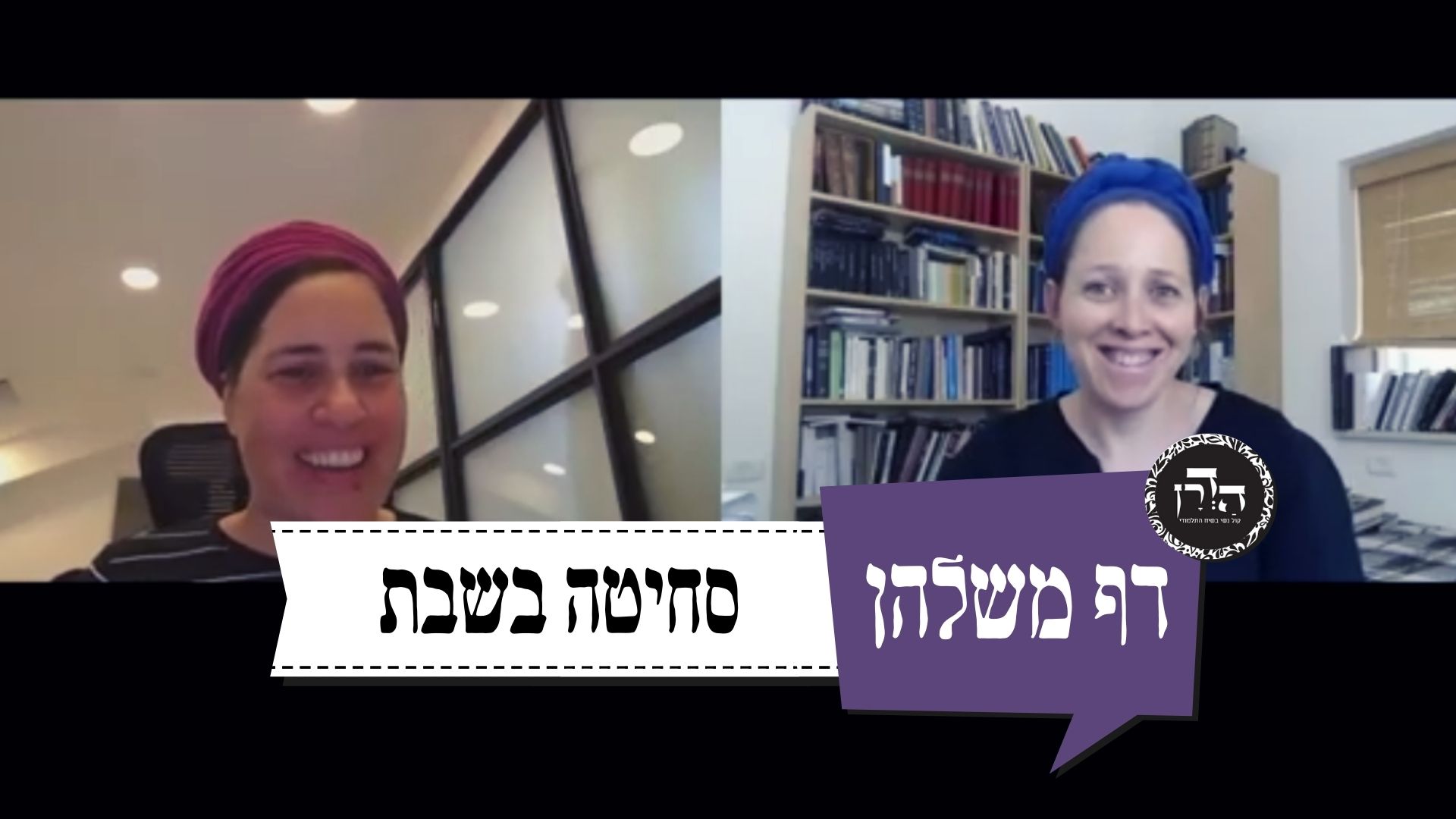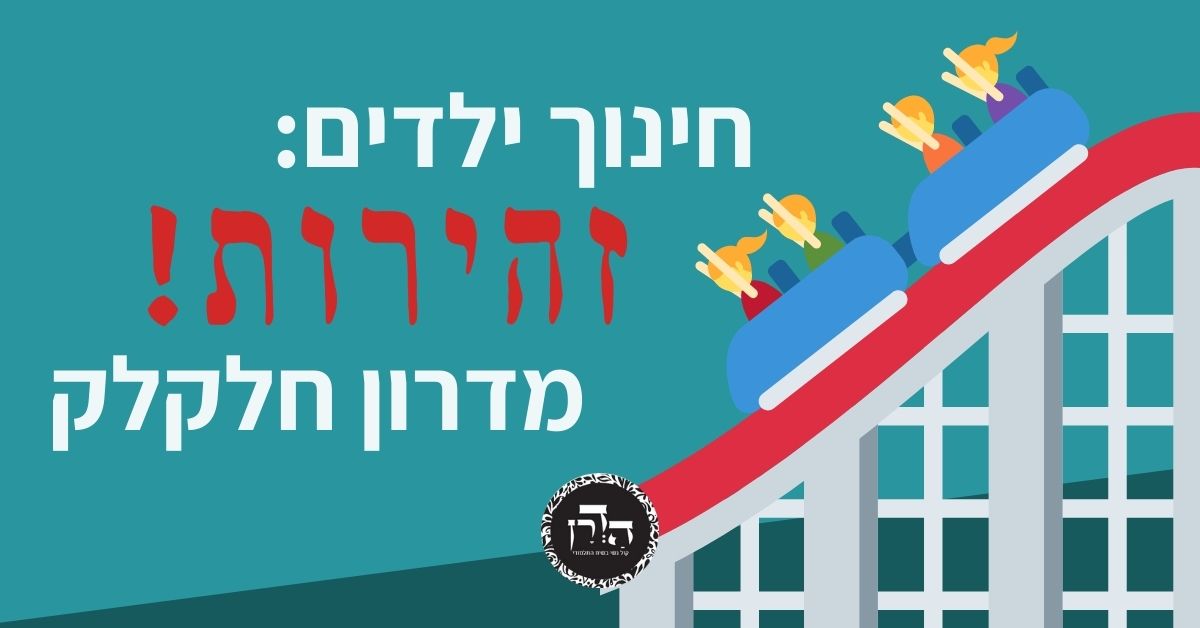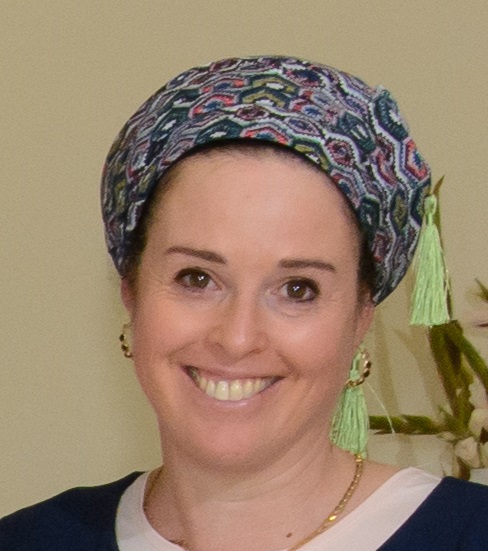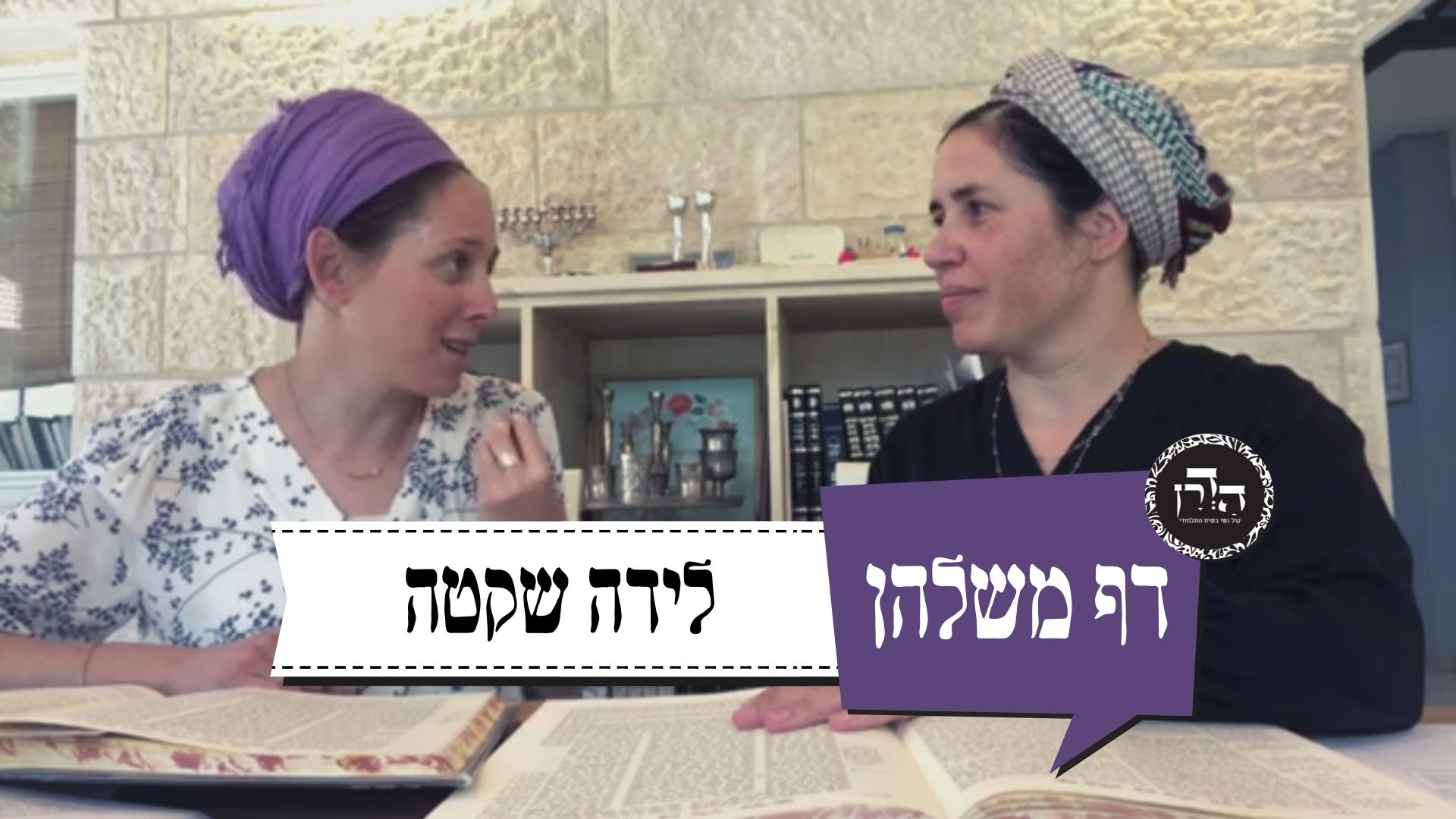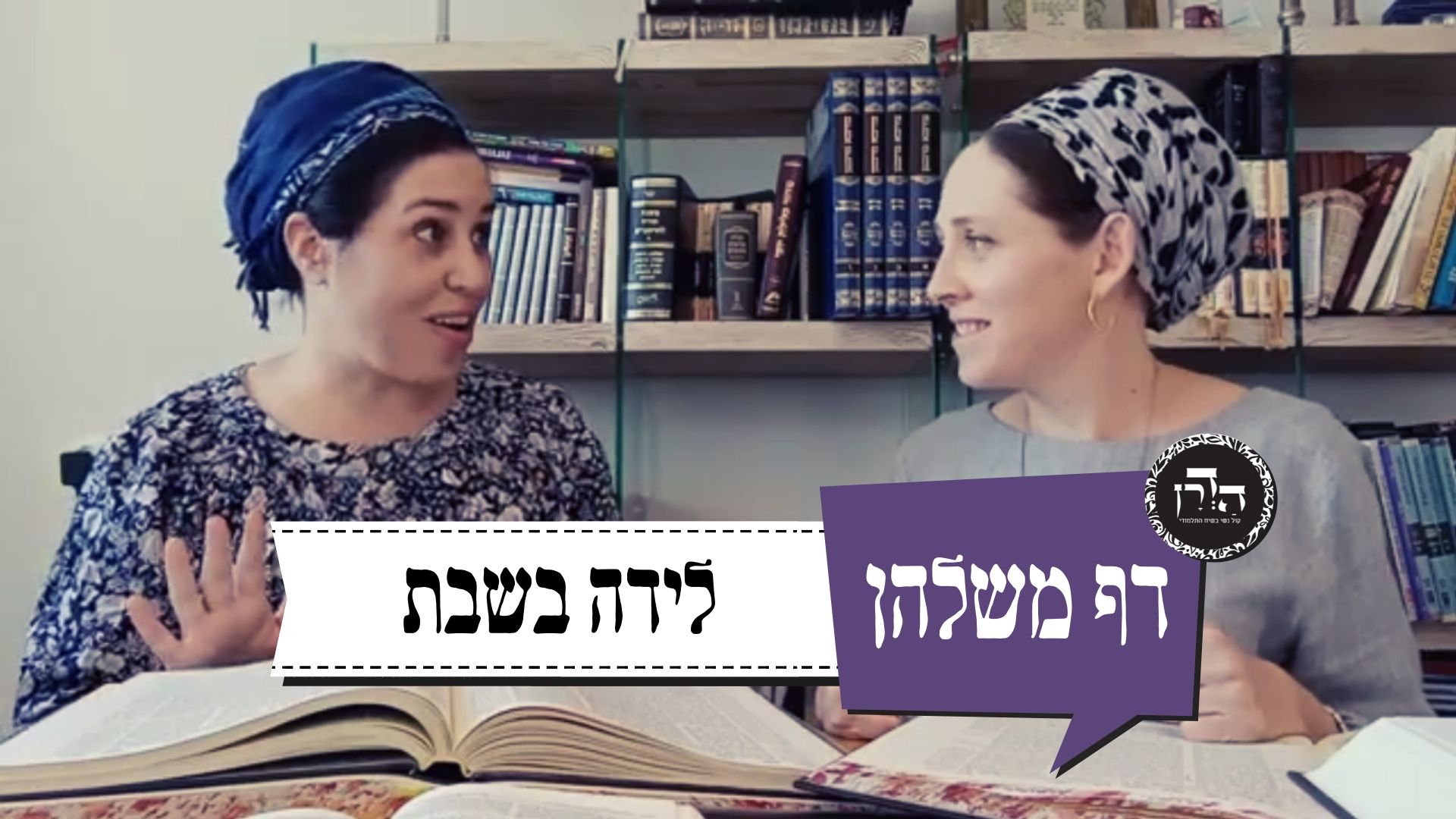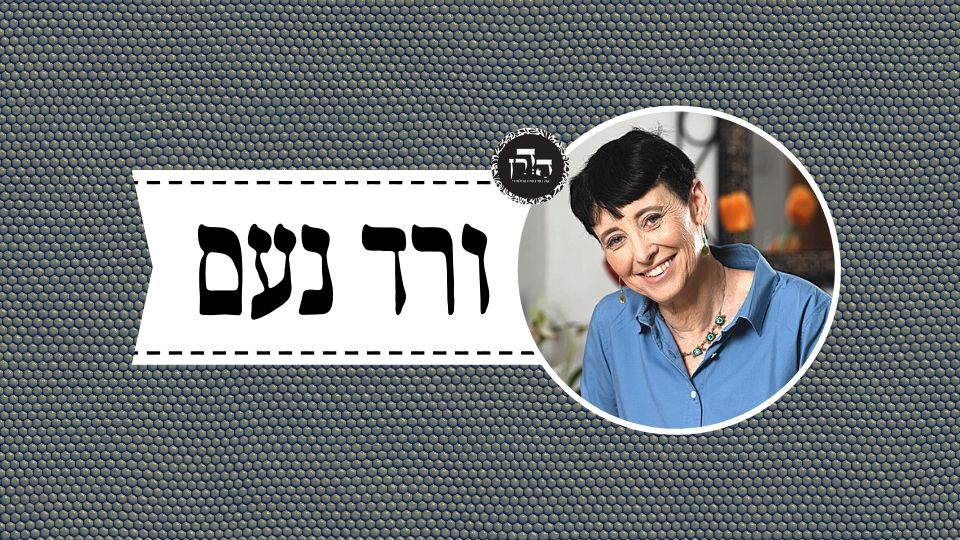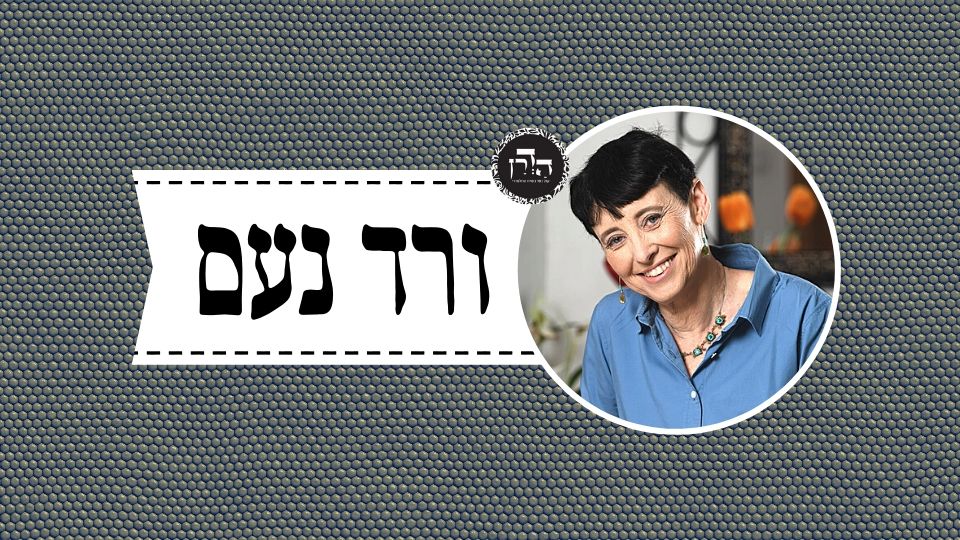שבת עז
תְּנֵינָא: הַמּוֹצִיא יַיִן — כְּדֵי מְזִיגַת כּוֹס, וְתָנֵי עֲלַהּ: כְּדֵי מְזִיגַת כּוֹס יָפֶה. וְקָתָנֵי סֵיפָא: ״וּשְׁאָר כׇּל הַמַּשְׁקִין בִּרְבִיעִית״. וְרָבָא לְטַעְמֵיהּ, דְּאָמַר רָבָא: כֹּל חַמְרָא דְּלָא דָּרֵי עַל חַד תְּלָת מַיָּא לָאו חַמְרָא הוּא.
learned that in the mishna: One who carries out undiluted wine is only liable if he carries out a measure equivalent to the wine typically diluted for a cup. And it was taught with regard to the mishna: A measure equivalent to the wine diluted for a significant cup of wine. And it was taught in the latter clause of the mishna: And the measure that determines liability for carrying out all other liquids is a quarter of a log. Since a quarter of a log is the significant measure for liquids, that is also the significant measure for diluted wine. And Rava is consistent with his line of reasoning, as Rava said: Any wine that does not hold one part wine diluted by three parts water is not wine. Wine must be sufficiently potent to be capable of being diluted with water three times its measure.
אָמַר אַבָּיֵי: שְׁתֵּי תְּשׁוּבוֹת בַּדָּבָר — חֲדָא, דִּתְנַן: וְהַמָּזוּג שְׁנֵי חֶלְקֵי מַיִם וְאֶחָד יַיִן, מִן הַיַּיִן הַשֵּׁירוֹנִי. וְעוֹד: מַיִם בַּכַּד וּמִצְטָרְפִין?!
Abaye said: There are two possible responses with regard to this matter. One, as we learned in a mishna: Diluted wine, which is used to determine the exact color of red, is two parts water and one part wine from the wine of the Sharon. Apparently, wine constitutes one-third and not one-quarter of the diluted cup. And furthermore: Rava’s opinion is that the measure that determines liability for carrying out wine is a measure that, when diluted, would equal a quarter of a log, i.e., a quarter of a quarter of a log of undiluted wine. Is it possible that the water is in the jug and yet joins together with the wine? The wine that he is carrying out is less than the required measure and is not fit for drinking.
אֲמַר לֵיהּ רָבָא: הָא דְּקָאָמְרַתְּ שְׁנֵי חֶלְקֵי מַיִם וְאֶחָד יַיִן מִן הַיַּיִן הַשֵּׁירוֹנִי — יַיִן הַשֵּׁירוֹנִי לְחוּד, דְּרָפֵי. אִי נָמֵי, הָתָם מִשּׁוּם חֲזוּתָא, אֲבָל לְטַעְמָא בָּעֵי טְפֵי. וּדְקָאָמְרַתְּ: מַיִם בַּכַּד וּמִצְטָרְפִין — לְעִנְיַן שַׁבָּת מִידֵּי דַּחֲשִׁיב בָּעֵינַן, וְהָא נָמֵי — הָא חֲשִׁיב.
Rava said to him: That which you said that the dilution ratio that determines the color red is two parts water and one part wine, from the wine of the Sharon, is no proof. Wine of the Sharon is unique in that it is weak, and therefore two parts of water are sufficient to dilute it. Alternatively, there the dilution ratio mentioned is for determining the appearance of the color red; however, for the purpose of taste, more water is necessary. And that which you said: Is it possible that the water is in the jug and yet joins together with the wine? With regard to the liability of carrying out on Shabbat, we require an object that is significant, and this quarter of a quarter of a log of wine is also significant.
תָּנָא: יָבֵשׁ בִּכְזַיִת, דִּבְרֵי רַבִּי נָתָן. אָמַר רַב יוֹסֵף: רַבִּי נָתָן וְרַבִּי יוֹסֵי בְּרַבִּי יְהוּדָה אָמְרוּ דָּבָר אֶחָד. רַבִּי נָתָן — הָא דַּאֲמַרַן, וְרַבִּי יוֹסֵי בְּרַבִּי יְהוּדָה, דְּתַנְיָא: רַבִּי יְהוּדָה אוֹמֵר: שִׁשָּׁה דְּבָרִים מִקּוּלֵּי בֵּית שַׁמַּאי וּמֵחוּמְרֵי בֵּית הִלֵּל. דַּם נְבֵלָה — בֵּית שַׁמַּאי מְטַהֲרִין, וּבֵית הִלֵּל מְטַמְּאִין. אָמַר רַבִּי יוֹסֵי בְּרַבִּי יְהוּדָה: אַף כְּשֶׁטִּמְּאוּ בֵּית הִלֵּל, לֹא טִמְּאוּ אֶלָּא בְּדָם שֶׁיֵּשׁ בּוֹ רְבִיעִית, הוֹאִיל וְיָכוֹל לִקְרוֹשׁ וְלַעֲמוֹד עַל כְּזַיִת.
A tanna taught in a Tosefta: The measure that determines liability for carrying out congealed wine on Shabbat is an olive-bulk; this is the statement of Rabbi Natan. Rav Yosef said: Rabbi Natan and Rabbi Yosei, son of Rabbi Yehuda, said the same thing. Rabbi Natan’s statement is that which we just stated. And the statement of Rabbi Yosei, son of Rabbi Yehuda, is as it was taught in a baraita that Rabbi Yehuda says: Six matters are among the leniencies of Beit Shammai and among the stringencies of Beit Hillel. They include the blood of a carcass. Beit Shammai deem it ritually pure, as, in their opinion, only the flesh of a carcass imparts impurity; and Beit Hillel deem it ritually impure. Rabbi Yosei, son of Rabbi Yehuda, said: Even when Beit Hillel deemed it impure, they deemed impure only a measure of blood that contains a quarter of a log, since it can congeal and constitute an olive-bulk. Rav Yosef draws a parallel between the two opinions. Both tanna’im agree that a quarter of a log of liquid congeals to the size of an olive-bulk.
אָמַר אַבָּיֵי: דִּילְמָא לָא הִיא. עַד כָּאן לָא קָאָמַר רַבִּי נָתָן הָכָא דִּכְזַיִת בָּעֵי רְבִיעִית — אֶלָּא בְּיַיִן דִּקְלִישׁ, אֲבָל בְּדָם דִּסְמִיךְ — כְּזַיִת לָא בָּעֵי רְבִיעִית. אִי נָמֵי, עַד כָּאן לָא קָאָמַר רַבִּי יוֹסֵי בְּרַבִּי יְהוּדָה הָתָם דִּכְזַיִת סַגִּי לֵיהּ בִּרְבִיעִית — אֶלָּא בְּדָם דִּסְמִיךְ, אֲבָל יַיִן דִּקְלִישׁ — כְּזַיִת הָוֵי יוֹתֵר מֵרְבִיעִית, וְכִי מַפֵּיק פָּחוֹת מִכְּזַיִת לִיחַיַּיב.
Abaye said: Perhaps that is not the case, as Rabbi Natan said that a quarter of a log is required only here, with regard to wine, which is liquid; however, with regard to blood, which is viscous, in order to produce an olive-bulk when congealed, a quarter of a log is not required. Less than a quarter of a log of blood congeals into an olive-bulk. Alternatively, Rabbi Yosei, son of Rabbi Yehuda, said that in order to create a congealed olive-bulk, a quarter of a log is sufficient only there, with regard to blood, which is viscous; however, wine, which is liquid, in order to create a congealed olive-bulk, more than a quarter of a log of wine is required. And, therefore, even when he carries out less than an olive-bulk on Shabbat, let him be liable. There is no proof that the two tannaitic opinions are parallel.
חָלָב כְּדֵי גְמִיעָה. אִיבַּעְיָא לְהוּ: ״כְּדֵי גְמִיאָה״, אוֹ ״כְּדֵי גְמִיעָה״. אָמַר רַב נַחְמָן בַּר יִצְחָק: ״הַגְמִיאִינִי נָא מְעַט מַיִם מִכַּדֵּךְ״.
We learned in the mishna: The measure that determines liability for carrying out milk is equivalent to that which is swallowed [kedei gemia] in one gulp. A dilemma was raised before the Sages: Is the correct version of the mishna: Kedei gemia with an alef or kedei gemia with an ayin? Rav Naḥman bar Yitzḥak said: It should be written with an alef as we find in the Torah: “And he said: Give me to swallow [hagmi’ini with an alef ] please, a little water from your jug” (Genesis 24:17).
אִיבַּעְיָא לְהוּ:
A similar dilemma with regard to spelling was raised before the Sages.
״גַּרְאִינִין״, אוֹ ״גַרְעִינִין״? אָמַר רָבָא בַּר עוּלָּא: ״וְנִגְרַע מֵעֶרְכֶּךָ״.
In the mishna at the end of the previous chapter we learned that the measure that determines liability for carrying out foods is calculated without their seeds [garinin]. Is the correct version garinin with an alef or garinin with an ayin? Rava bar Ulla said: It is with an ayin, since it stems from the same root as: “And it shall be subtracted [venigra with an ayin] from your valuation” (Leviticus 27:18).
אִיבַּעְיָא לְהוּ: ״אוֹמְמוֹת״, אוֹ ״עוֹמְמוֹת״? אָמַר רַב יִצְחָק בַּר אַבְדִּימִי: ״אֲרָזִים לֹא עֲמָמֻהוּ בְּגַן אֱלֹהִים״.
A dilemma was raised before the Sages: Do we describe dimming coals as omemot with an alef or omemot with an ayin? Rav Yitzḥak bar Avdimi said: It is written with an ayin, as it is stated: “The cedars in the garden of God could not hide it [amamuhu with an ayin]” (Ezekiel 31:8).
אִיבַּעְיָא לְהוּ: ״מְאַמְּצִין״ תְּנַן, אוֹ ״מְעַמְּצִין״. אָמַר רַבִּי חִיָּיא בַּר אַבָּא אָמַר רַבִּי יוֹחָנָן: ״וְעֹצֵם עֵינָיו מֵרְאוֹת בְּרָע״.
A dilemma was raised before the Sages: With regard to closing the eyes of the dead, did we learn in the mishna me’amtzin with an alef, or me’amtzin with an ayin? Rabbi Ḥiyya bar Abba said that Rabbi Yoḥanan said: It is written with an ayin as it is stated: “And closes [ve’otzem with an ayin] his eyes from seeing evil” (Isaiah 33:15).
תָּנוּ רַבָּנַן: הַמּוֹצִיא חָלָב שֶׁל בְּהֵמָה כְּדֵי גְמִיאָה. חָלָב שֶׁל אִשָּׁה וְלוֹבֶן שֶׁל בֵּיצָה — כְּדֵי לִיתֵּן בִּמְשִׁיפָא שֶׁל קִילוֹר. [קִילוֹר] כְּדֵי לָשׁוּף בְּמַיִם. בָּעֵי רַב אָשֵׁי: כְּדֵי שִׁיפָה, אוֹ כְּדֵי אֲחִיזָה וְשִׁיפָה? תֵּיקוּ.
With regard to carrying out milk, the Sages taught: One who carries out the milk of an animal on Shabbat is liable only for a measure equivalent to that which is swallowed in one gulp. The measure that determines liability for carrying out a woman’s milk and the white of an egg is equivalent to that which is used to place on the part of an eye bandage upon which the ointment is placed directly on the wound. And the aforementioned eye bandage must be sufficiently large to use it to rub both his eyes with water. Rav Ashi raised a dilemma: Is the measure that determines liability for the bandage equivalent to that with which water can be rubbed on both eyes, or is it equivalent to that which can be held and rubbed? Is the part of the bandage held in his hand when applying the bandage to his eyes also taken into account? No resolution was found for this dilemma. Therefore, let it stand unresolved.
דְּבַשׁ כְּדֵי לִיתֵּן עַל הַכָּתִית. תָּנָא: כְּדֵי לִיתֵּן עַל פִּי כָתִית. בָּעֵי רַב אָשֵׁי: ״עַל כָּתִית״ — אַפּוּמָּא דְּכוּלַּהּ כָּתִית, אוֹ דִילְמָא אַמּוּרְשָׁא קַמָּא דְּכָתִית, לְאַפּוֹקֵי הוּדְרָנָא דְּלָא — תֵּיקוּ.
We learned in the mishna: The measure that determines liability for carrying out honey is equivalent to that which is used to place on a sore caused by chafing. A tanna taught in a Tosefta: The precise measure is equivalent to that which is placed on the opening of a sore, i.e., on the wound itself. Rav Ashi raised a dilemma: Does the term on a sore mean the measure of honey spread on the opening of the entire sore; or, perhaps it means the measure spread on the primary protuberance of the sore, to the exclusion of the surrounding area upon which he does not spread honey? No resolution was found for this dilemma either. Therefore, let it stand unresolved.
אָמַר רַב יְהוּדָה אָמַר רַב: כׇּל מַה שֶּׁבָּרָא הַקָּדוֹשׁ בָּרוּךְ הוּא בְּעוֹלָמוֹ לֹא בָּרָא דָּבָר אֶחָד לְבַטָּלָה. בָּרָא שַׁבְּלוּל — לְכָתִית. בָּרָא זְבוּב — לְצִירְעָה. יַתּוּשׁ — לְנָחָשׁ. וְנָחָשׁ — לַחֲפָפִית. וּסְמָמִית — לְעַקְרָב. הֵיכִי עָבֵיד לֵיהּ — מַיְיתֵי חֲדָא אוּכָּמָא וַחֲדָא חִיוָּרָא, וְשָׁלְקִי לְהוּ וְשָׁיְיפִי לֵיהּ.
On the subject of sores, the Gemara cites a statement referring to one of the methods for healing a sore. Rav Yehuda said that Rav said: Everything that the Holy One, Blessed be He, created in His world, He did not create anything for naught. He created a snail as a remedy for a sore; He created a fly to be crushed and spread as a remedy on a wasp sting; He created a mosquito as a remedy for a snake bite; and He created the snake itself as a remedy for a skin rash; and He created a gecko as a remedy for a scorpion bite. The Gemara explains: How does one implement the remedy? He brings two geckos, one black and one white, cooks them, and spreads the resulting ointment on the affected area.
תָּנוּ רַבָּנַן, חֲמִשָּׁה אֵימוֹת הֵן אֵימַת חַלָּשׁ עַל גִּבּוֹר: אֵימַת מַפְגִּיעַ עַל הָאֲרִי, אֵימַת יַתּוּשׁ עַל הַפִּיל, אֵימַת סְמָמִית עַל הָעַקְרָב, אֵימַת סְנוּנִית עַל הַנֶּשֶׁר, אֵימַת כִּילְבִּית עַל לִוְיָתָן. אָמַר רַב יְהוּדָה אָמַר רַב: מַאי קְרָא — ״הַמַּבְלִיג שֹׁד עַל עָז״.
With regard to these creatures, the Gemara cites that which our Sages taught: There are five dreads, i.e., dread that the weak cast over the mighty: The dread of the mafgia, a small creature, over the lion; the dread of the mosquito over the elephant; the dread of the gecko over the scorpion; the dread of the swallow over the eagle; the dread of the kilbit, a small fish, over a whale. Rav Yehuda said that Rav said: What is the verse that alludes to these matters? As it is written: “He that causes destruction [shod] to flash upon the mighty, so that destruction comes upon the fortress” (Amos 5:9), which is interpreted as: He who lifts the downtrodden [shadud] over the mighty.
רַבִּי זֵירָא אַשְׁכַּח לְרַב יְהוּדָה דַּהֲוָה קָאֵי אַפִּיתְחָא דְּבֵי חֲמוּהּ, וְחַזְיֵיהּ דַּהֲוָה בְּדִיחָא דַּעְתֵּיהּ, וְאִי בָּעֵי מִינֵּיהּ כׇּל חֲלָלֵי עָלְמָא הֲוָה אָמַר לֵיהּ. אֲמַר לֵיהּ: מַאי טַעְמָא עִיזֵּי מְסַגָּן בְּרֵישָׁא וַהֲדַר אִימְּרֵי? אֲמַר לֵיהּ כִּבְרִיָּיתוֹ שֶׁל עוֹלָם, דִּבְרֵישָׁא חֲשׁוֹכָא וַהֲדַר נְהוֹרָא. מַאי טַעְמָא הָנֵי מְכַסְּיָין וְהָנֵי מְגַלְּיָין? הָנֵי דְּמִכַּסִּינַן מִינַּיְיהוּ — מְכַסְּיָין, וְהָנֵי דְּלָא מִכַּסִּינַן מִינַּיְיהוּ — מְגַלְּיָין. מַאי טַעְמָא גַּמְלָא זוּטַר גְּנוּבְתֵּיהּ? מִשּׁוּם דְּאָכֵל כִּיסֵי. מַאי טַעְמָא תּוֹרָא אֲרִיכָא גְּנוּבְתֵּיהּ? מִשּׁוּם דְּדָיֵיר בְּאַגְמֵי, וּבָעֵי לְכַרְכּוֹשֵׁי בָּקֵי.
On the topic of the nature of the world, the Gemara relates that Rabbi Zeira found Rav Yehuda, who was standing at the entrance of his father-in-law’s house, and observed that he was in an especially cheerful mood. And Rabbi Zeira understood that were he to ask Rabbi Yehuda about anything in the entire world, he would tell him the answer. He therefore posed questions to him on a variety of topics unrelated to halakha. He asked: Why do goats walk in front of the flock and then ewes follow? He said to him: It is just as it was in the creation of the world, which at first was dark and then light followed. Goats, which are typically black, precede the ewes, which are typically white. And he asked: Why are the genitals of these ewes covered with a tail, whereas these goats are exposed? He answered: These ewes, whose wool we use to cover ourselves, are rewarded in that they are covered; and those goats, whose hair we do not use to cover ourselves, are exposed. And he asked: Why is the camel’s tail short? He answered: Because a camel eats thorns, and a long tail would become entangled in the thorns. And he asked: Why is the ox’s tail long? He answered: Because the ox lives in a swamp and must fend off mosquitoes.
מַאי טַעְמָא קַרְנָא דְקַמְצָא רַכִּיכָא? מִשּׁוּם דְּדָיְירָא בְּחִילְפֵי, וְאִי קַשְׁיָא — נָדְיָא וּמִתְעַוְּורָא. דְּאָמַר שְׁמוּאֵל: הַאי מַאן דְּבָעֵי דְּלִיסַמְּיֵהּ לְקַמְצָא — לִשְׁלְפִינְהוּ לְקַרְנֵיהּ. מַאי טַעְמָא הַאי תִּימְרָא דְתַרְנְגוֹלְתָּא מִדְּלֵי לְעֵילָּא? דְּדָיְירִי אַדַּפֵּי, וְאִי עָיֵיל קֻטְרָא — מִתְעַוְּורָא. ״דַּשָּׁא״ — דֶּרֶךְ שָׁם. ״דַּרְגָּא״ — דֶּרֶךְ גַּג. ״מַתְכּוּלִיתָא״ — מָתַי תִּכְלֶה דָּא. ״בֵּיתָא״ — בֹּא וְאִיתֵּיב (בַּהּ). ״בִּיקְתָּא״ — בֵּי עָקְתָא.
He continued to ask: Why is the grasshopper’s antenna soft? He answered: Because it lives in the plains among the grass, and if the antenna were hard it would break and the grasshopper would go blind. When the grasshopper loses its antenna it is unable to move, as Shmuel said: One who seeks to blind a grasshopper should remove its antenna. And he asked: Why does the chicken’s lower eyelid cover the upper one? He answered: Because a chicken lives on rafters in houses, and if the smoke from the houses were to enter its eyes without the protection of the eyelid, it would go blind. He asked further: Why is a door called dasha in Aramaic? He said to him: It is an acronym for derekh sham, which means through there. Why is a stair called darga? He said to him: It is an acronym for derekh gag, which means the way to the roof. Why are spices called mitkolita? He said to him: It is an acronym for matai tikhleh da, which means when will this be finished. Since spices are used sparingly, they last a long time. Why is a house called beita? He said to him: It is an acronym for bo ve’eitiv ba, which means come and I will sit in it. Why is a small house called bikta? He said to him: It is an acronym for bei akta, which means a narrow house.
״כּוּפְתָּא״ — כּוּף וְתִיב. ״לִבְנֵי״ — לִבְנֵי בְּנֵי. ״הוּצָא״ — חֲצִיצָה. ״חַצְבָּא״ — שֶׁחוֹצֵב מַיִם מִן הַנָּהָר. ״כּוּזָה״ — כָּזֶה. ״שׁוּטִיתָא״ — שְׁטוּתָא. ״מְשִׁיכְלָא״ — מָאשֵׁי כּוֹלָּא. ״מְשִׁיכְלְתָא״ — מָשְׁיָא כַּלְּתָא. ״אֲסִיתָא״ — חַסִּירְתָּא. ״בּוּכְנָה״ — בּוֹא וְאַכֶּנָּה.
A barrel is called kufta, which is an acronym for kuf vetiv, which means turn it over and sit. Bricks are called livnei, which is an allusion to livnei benei, which means for the children of children. A fence made of thorns is called hutza and Rav Yehuda said that it is merely a ḥatzitza, which means partition, as opposed to a true fence. A jug used for drawing water is called a ḥatzba because it hews [ḥotzev] water from the river. A small jug is called kuza, alluding to kazeh, which means: Give me one like that. Myrtle branches with which people dance at a wedding are called shutita, an allusion to shetuta, which means madness, as the frenzied dancing appears to be madness. The large vessel used for washing is called meshikhla, which is an acronym for mashei kula, which means: It washes all. A small vessel used for washing is called mashkhilta, and Rav Yehuda explained that it is an acronym for mashya kalta, which means: It washes the bride. A mortar is called asita, alluding to ḥasirta, which means lacking, since it has a large cavity. The pestle that is inserted into the mortar for pounding its contents is called bukhna, which is an acronym for bo ve’akkena, which means: Come and I will strike it.
״לְבוּשָׁה״ — לֹא בּוּשָׁה. ״גְּלִימָא״ — שֶׁנַּעֲשָׂה בּוֹ כְּגֹלֶם. ״גּוּלְּתָא״ — גַּלִּי וְאִיתֵּיב. ״פּוּרְיָא״ — שֶׁפָּרִין וְרָבִין עָלֶיהָ. ״בּוֹר זִינְקָא״ — בּוֹר זֶה נָקִי. ״סוּדָרָא״ — סוֹד ה׳ לִירֵאָיו. ״אַפַּדְנָא״ — אַפִּיתְחָא דֵּין. תָּנוּ רַבָּנַן: שְׁלֹשָׁה כׇּל זְמַן שֶׁמַּזְקִינִין מוֹסִיפִין גְּבוּרָה, וְאֵלּוּ הֵן: דָּג, וְנָחָשׁ, וַחֲזִיר.
An outer garment is called levusha, which is an acronym for lo busha, which means no shame, as one who is clothed is no longer ashamed. A broad outer garment is called gelima, an allusion to the fact that, by wearing it, one is transformed into an amorphous golem-like figure, as his limbs are indistinguishable. A beautiful coat is termed golta, which is an acronym for geli ve’eitiv, which means reveal, remove the coat, and only then I will sit, so that the coat will not get dirty. A bed is called purya, an allusion to the fact that people parin veravin, which means procreate, upon it. An empty pit is called bor zinka, which is an acronym for bor ze naki, which means that this pit is empty of water. The head covering of Torah scholars is called sudara, an acronym for sod yareh, which is a reference to the verse: “The counsel of the Lord is with them who fear Him [sod Hashem lire’av]” (Psalms 25:14). A palace is called apadna, which is an acronym for apitḥa dein, meaning: To this entrance all come. The Gemara cites an additional baraita related to the nature of the creatures. There are three creatures that grow mightier with age, and they are the fish, and the snake, and the pig.
שֶׁמֶן כְּדֵי לָסוּךְ אֵבֶר קָטָן. אָמְרִי דְּבֵי רַבִּי יַנַּאי שֶׁמֶן כְּדֵי לָסוּךְ אֵבֶר קָטָן שֶׁל קָטָן בֶּן יוֹמוֹ. מֵיתִיבִי: שֶׁמֶן כְּדֵי לָסוּךְ אֵבֶר קָטָן, וְקָטָן בֶּן יוֹמוֹ. מַאי לָאו: אֵבֶר קָטָן דְּגָדוֹל, וְאֵבֶר גָּדוֹל שֶׁל קָטָן בֶּן יוֹמוֹ! אָמְרִי לָךְ דְּבֵי רַבִּי יַנַּאי — לָא, הָכִי קָאָמַר: שֶׁמֶן כְּדֵי לָסוּךְ אֵבֶר קָטָן, שֶׁל קָטָן בֶּן יוֹמוֹ.
We learned in the mishna: The measure that determines liability for carrying out oil is equivalent to that which is used to spread on a small limb. The school of Rabbi Yannai said it should be explained as follows: The measure that determines liability for carrying out oil is equivalent to that which is used to spread on a small limb of a day-old child. The Gemara raises an objection from a baraita: The measure that determines liability for carrying out oil is equivalent to that which is used to spread on a small limb and a day-old child. Does this not mean: A small limb of an adult and a large limb of a day-old child? The Gemara rejects this: The school of Rabbi Yannai could have said to you: No, this is what the baraita is saying: The measure that determines liability for carrying out oil is equivalent to that which is used to spread on a small limb, and the small limb in question is that of a day-old child.
לֵימָא כְּתַנָּאֵי? שֶׁמֶן כְּדֵי לָסוּךְ אֵבֶר קָטָן, וְקָטָן בֶּן יוֹמוֹ — דִּבְרֵי רַבִּי שִׁמְעוֹן בֶּן אֶלְעָזָר. רַבִּי נָתָן אוֹמֵר: כְּדֵי לָסוּךְ אֵבֶר קָטָן. מַאי לָאו בְּהָא קָמִיפַּלְגִי: דְּרַבִּי שִׁמְעוֹן בֶּן אֶלְעָזָר סָבַר אֵבֶר קָטָן שֶׁל קָטָן, וְרַבִּי נָתָן סָבַר אֵבֶר קָטָן דְּגָדוֹל, אוֹ אֵבֶר גָּדוֹל דְּקָטָן. אֲבָל אֵבֶר קָטָן שֶׁל קָטָן בֶּן יוֹמוֹ — לָא. לָא, דְּכוּלֵּי עָלְמָא אֵבֶר קָטָן דְּקָטָן בֶּן יוֹמוֹ לָא,
The Gemara suggests: Let us say that this is parallel to a dispute between tanna’im, as it was taught in a baraita: The measure that determines liability for carrying out oil is equivalent to that which is used to spread on a small limb and a day-old child; this is the statement of Rabbi Shimon ben Elazar. Rabbi Natan says: Equivalent to that which is used to spread on a small limb. Is it not that they disagree about the following? Rabbi Shimon ben Elazar holds: It refers to a small limb of a small child, and Rabbi Natan holds: The measure for liability is equivalent to that which is used to spread on a small limb of an adult or a large limb of a child, but for a measure equivalent to that which is used to spread on a small limb of a day-old child, no, one is exempt. The Gemara rejects this: No, everyone agrees that for carrying out oil in a measure equivalent to that which is used to spread on a small limb of a day-old child, no, one is exempt,

